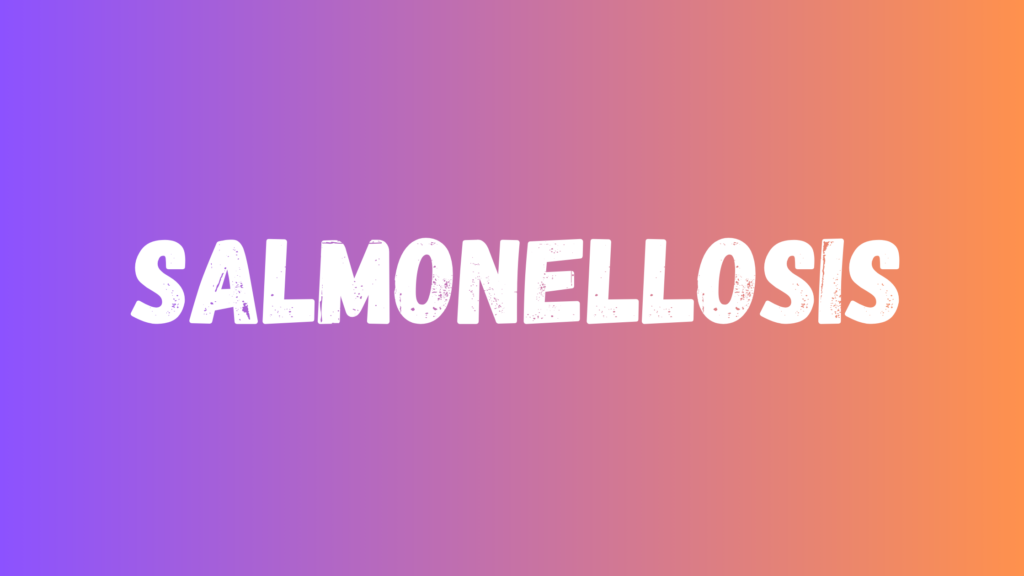What is Salmonellosis? 🥚🐔🦠
Salmonellosis is an infection caused by bacteria of the genus Salmonella, commonly found in contaminated food or water. It mainly affects the intestines and causes gastrointestinal illness.
How is Salmonellosis Transmitted?
- Eating contaminated food, especially raw or undercooked eggs, poultry, meat, or unpasteurized milk 🍳🍗🥛
- Drinking contaminated water 💧
- Contact with infected animals (like reptiles, birds, or pets) or their environment 🦎🐦
- Poor hygiene and cross-contamination during food preparation
Symptoms
- Diarrhea (sometimes bloody) 💩
- Abdominal cramps and pain 🤕
- Fever 🌡️
- Nausea and vomiting 🤢
- Headache and muscle pain in some cases
- Symptoms usually start 6–72 hours after exposure and last 4–7 days
Diagnosis
- Stool culture to identify Salmonella bacteria
- Blood tests in severe cases or if infection spreads beyond intestines
Treatment
- Most people recover without specific treatment
- Drink plenty of fluids to prevent dehydration 💧
- Severe cases may require antibiotics, especially in young children, elderly, or immunocompromised individuals
- Avoid anti-diarrheal medications unless advised by a doctor
Prevention 🛡️
- Cook food thoroughly, especially poultry and eggs 🔥
- Avoid raw or unpasteurized dairy products
- Wash hands thoroughly before handling food and after contact with animals 🧼
- Keep kitchen surfaces and utensils clean
- Properly store food to prevent bacterial growth
